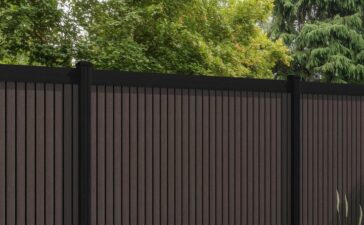If you own a website that is related to your business or an online store, you need to upload relevant images matching the type of content you share on your website.
Thus, you need to ensure that the images would load faster and the images appear when the keywords are typed during a google search. Apart from these two factors, most importantly you need to maintain your images’ quality.
If you have trouble ensuring these factors are fulfilled when uploading pictures to your website, continue reading to know what can be done.
1. Use high-quality pictures
To be able to use images for your website, you are not required to be a photographer to click the applicable pictures. You can conveniently download images right away from stock photo websites where you can find high-quality images.
After downloading, you may have to compress and reduce the size to use a smaller version of the image as the downloaded version will typically be in comparatively big JPEG format.
On the other hand, if you are not satisfied with the stock images you find online, you can click your photos creatively using your mobile camera or a professional camera if you got one.
2. Select the correct file format
When it comes to images, there is an availability of different formats like JPEG and PNG. However, you need to use either a JPEG or PNG file for your website. The advantage of saving it in JPEG format is, it can handle all the colors of any picture.
In contrast, PNG quality is higher than JPEG which consists of images full of texts, designs, graphics as well as logos. PNGs also handle colors and fine lines of pictures, but the quality is not lost when the picture is zoomed in. To gain the best quality from PNG files, it is recommended to save them in a 24-bit format.
To do this, you can simply click save as, export, or save for web and select how you want to save your image. You can make use of other reliable online tools as well for this purpose.
3. Resize your pictures
Another way to upload pictures to your website without making it lose its quality is by resizing the pictures accordingly. This is to make sure the appearance and speed of your page are optimized.
When the resolution of the image is high, the size is big. Even though it is great to upload images with high resolution, it can negatively impact the speed of your webpage. This can lead to those visiting your website having a bad experience and eventually making your website less consistent.
Hence, you can optimize your file size to around 150 kilobytes and set the image size to 795×300 pixels to obtain a good quality picture in the final look.
4. Name your files properly
There can be default names for your pictures whether you click them yourself or download them from the internet. So, before you save and upload you need to rename the file to the desired name.
Doing this not only makes it easy to manage your pictures without a hassle but also enhances your search engine optimization based on where the photos show up.
The above-mentioned tips to upload a photo with good quality to your website may seem very difficult, but you will get the hang of it when you keep doing it frequently. Therefore, make sure you consider executing these actions when you are uploading images to your website next time.





